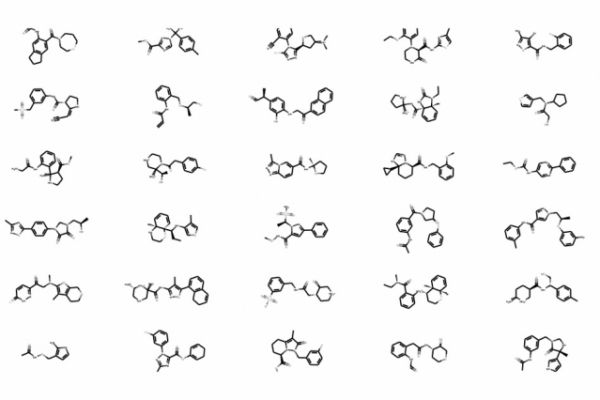Designing new molecules for pharmaceuticals is primarily a manual, time-consuming process that’s prone to error. But MIT researchers have now taken a step toward fully automating the design process, which could drastically speed things up — and produce better results.
Drug discovery relies on lead optimization. In this process, chemists select a target (“lead”) molecule with known potential to combat a specific disease, then tweak its chemical properties for higher potency and other factors.
Often, chemists use expert knowledge and conduct manual tweaking of molecules, adding and subtracting functional groups — atoms and bonds responsible for specific chemical reactions — one by one. Even if they use systems that predict optimal chemical properties, chemists still need to do each modification step themselves. This can take hours for each iteration and may still not produce a valid drug candidate.
Researchers from MIT’s Computer Science and Artificial Intelligence Laboratory (CSAIL) and Department of Electrical Engineering and Computer Science (EECS) have developed a model that better selects lead molecule candidates based on desired properties. It also modifies the molecular structure needed to achieve a higher potency, while ensuring the molecule is still chemically valid.
Read more at Massachusetts Institute of Technology
Image: MIT researchers have developed a machine-learning model that better selects molecule candidates for therapeutics, while also allowing for automated modification of the molecular structure for higher potency. The innovation has potential to speed up drug development. Courtesy of the researchers


